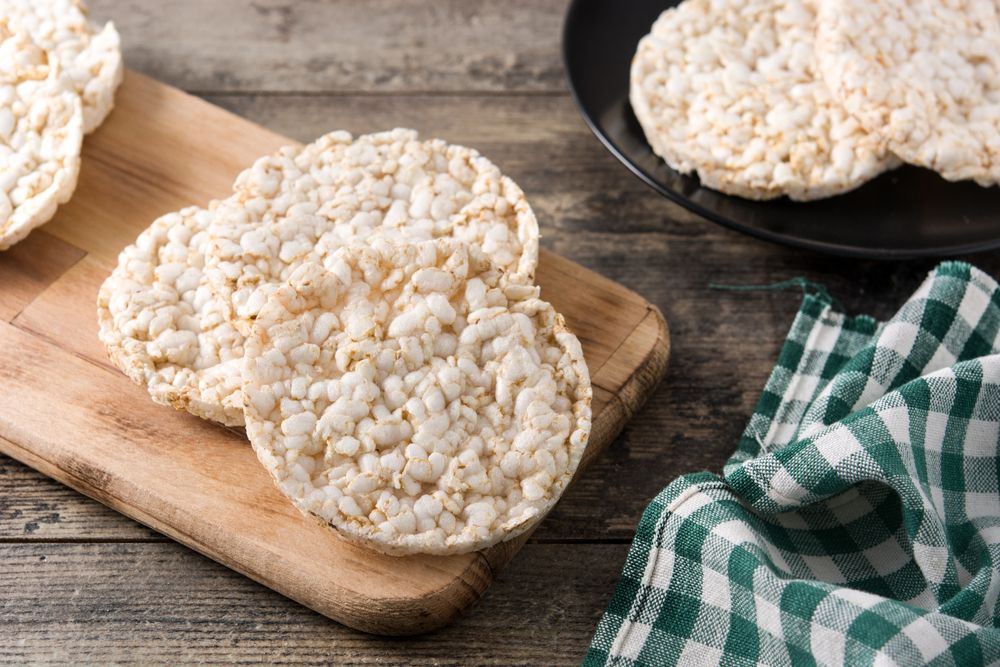
Rice cakes have long been a popular choice for crunch-loving dieters aiming to cut calories. In 2020, nearly a million Americans consumed 8 or more bags of these diet-friendly carbohydrate snacks. It's easy to understand their appeal—they're a low-calorie alternative to bread, crackers, and chips, making them a convenient option for health-conscious individuals. However, before you start snacking, it's worth considering whether rice cakes truly live up to their healthy reputation.
In this article, we’ll delve into the nutritional benefits and potential drawbacks of including rice cakes in your diet, and evaluate whether they are truly a healthy option.
Rice Cakes Nutrition
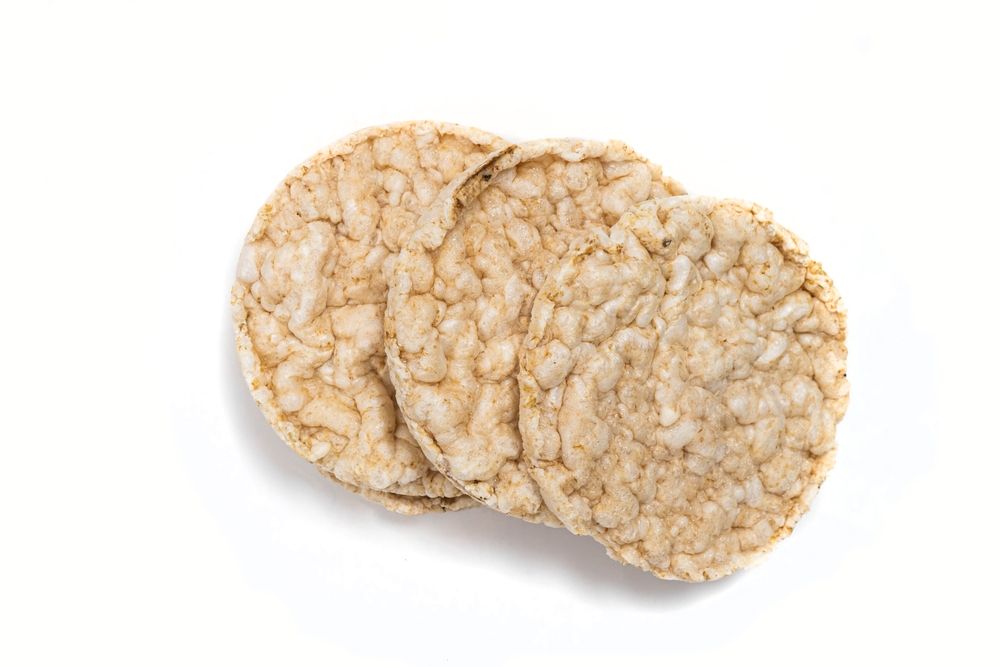
Incorporating rice cakes into your daily nutrition routine offers an energizing source of carbohydrates with minimal to no added sugar, depending on the flavor. Rice cakes come in a variety of flavors such as lightly salted, buttered popcorn, white cheddar, chocolate, apple cinnamon, and caramel, with only slight variations in their nutritional profiles. According to the USDA, a single plain unsalted rice cake made from brown rice provides:
Nutritional Information (Per 1 brown rice cake):
- Calories: 35
- Fat: 0 g (Saturated Fat: 0 g)
- Sodium: 2 mg
- Carbohydrates: 7 g (Fiber: 0 g, Sugar: 0 g)
- Protein: 0 g
- Magnesium: 3% of RDA
- Phosphorus: 4% of RDA
- Zinc: 3% of RDA
- Selenium: 3% of RDA
Rice cakes can be made from either white or brown rice, requiring few additional ingredients beyond flavoring. According to Quaker, the process begins with adding grains to a small pan. Heat is applied while a hot cylinder presses down onto the pan. As the heat and pressure rise, the grains burst, creating a woven pattern as they pop. Once formed, the cakes are flavored as desired.
Benefits of Rice Cakes
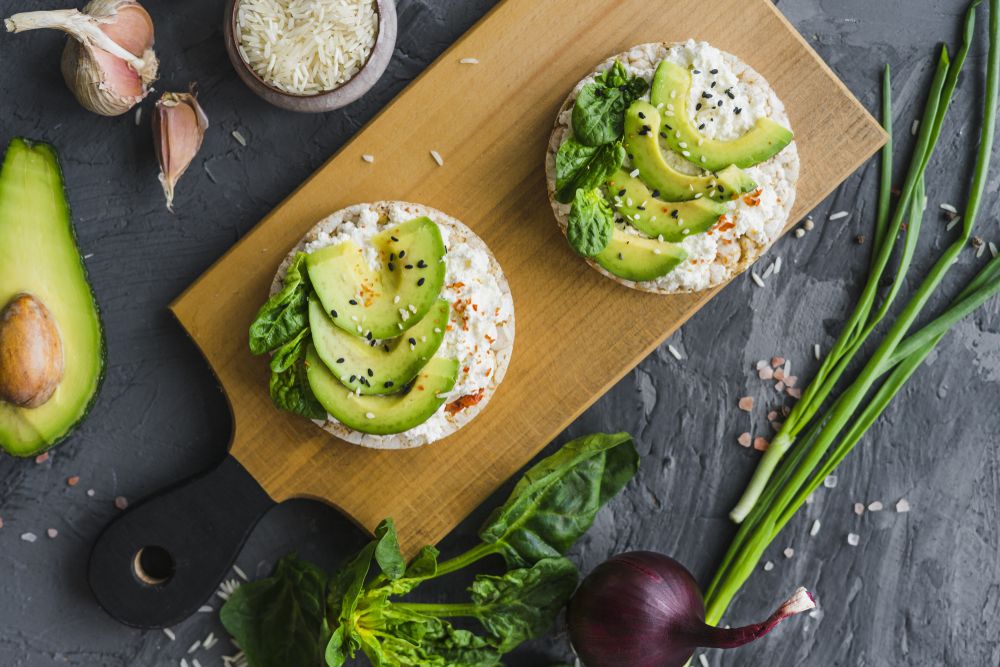
They’re a Low-Energy-Density Carb Source
Many people love carbs, and rice cakes, being mostly air, allow you to eat a larger portion with fewer calories. This makes them a low-energy-density food, meaning they are low in fat, high in fiber, and low in calories. Such foods can help you feel full while consuming fewer calories overall, which is beneficial for those trying to achieve or maintain a healthy weight or following a restricted diet. Research indicates that reducing the energy density of foods in your diet is linked to weight loss without the need to deliberately restrict calories.
They’re Generally Gluten-Free
For those who need to avoid gluten for medical reasons, finding affordable, gluten-free foods can be a challenge. Since rice is naturally gluten-free, so are rice cakes, making them a convenient and widely available option for snacks and meals. However, if you have celiac disease or gluten sensitivity, it’s important to check labels to ensure no gluten-containing ingredients have been added.
They’re Usually Made with Whole Grains
Most rice cakes are made from brown rice, a whole grain. Research shows that a diet rich in whole grains is associated with a lower risk of obesity, weight gain, cardiovascular disease (such as hypertension, coronary heart disease, and stroke), improved gut health, and a reduced risk of certain cancers. Brown rice is particularly beneficial as it is rich in antioxidants, helps balance blood sugar, and supports heart health, including improving cholesterol levels.
They’re Easy to Digest
Some people struggle with digesting foods that contain FODMAPs—short-chain carbohydrates that can cause bloating, gas, belly pain, and diarrhea. Brown rice and rice cakes are low in FODMAPs, making them easier to digest. Those who experience discomfort from FODMAP-rich foods can typically consume rice cakes without issues.
They’re Versatile, Convenient, and Cost-Effective
In today’s fast-paced world, convenience is a key factor when choosing foods. Rice cakes are a quick, nutritious, and portable carbohydrate source that can easily replace crackers, bread, chips, cereal, and other snacks. Depending on the brand and where you buy them, a sleeve of rice cakes can cost anywhere from $1.79 to $6. Even at an average price of $3.14 per sleeve of Quaker rice cakes, each rice cake costs only about $0.22, which is comparable to the cost of a slice of bread.
Potential Downsides of Rice Cakes
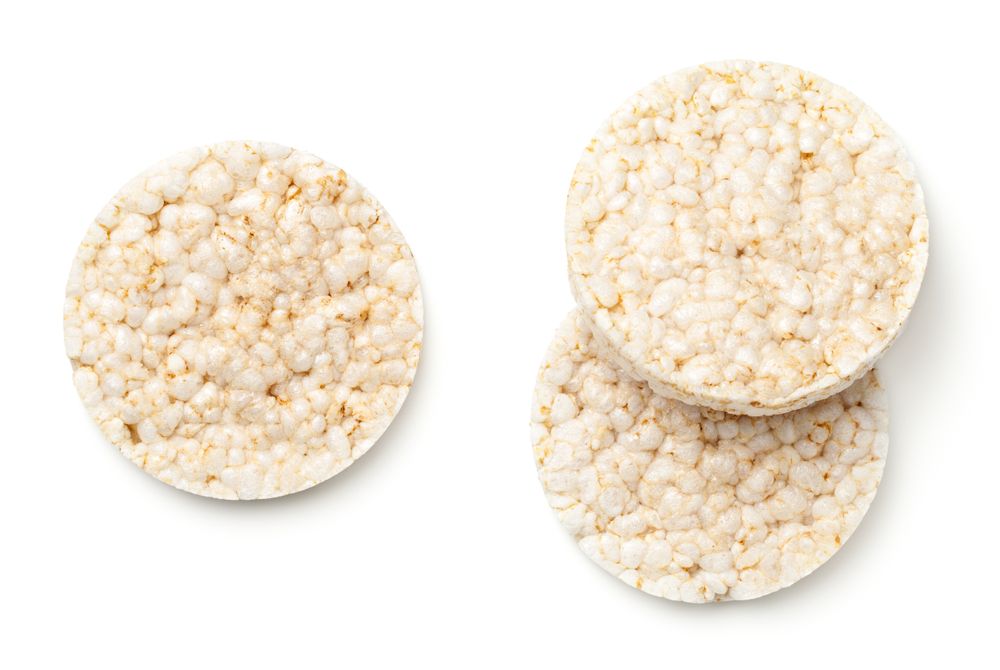
They’re Not Very Filling
A plate of rice cakes might not be the most satisfying snack. Since they consist mostly of puffed rice and air, they lack the essential nutrients—such as protein, fiber, and fat—that contribute to a feeling of fullness and satisfaction. Without these nutrients, you’re more likely to overeat, especially if your meal consists only of carbs. Studies show that meals rich in water, fiber, and protein are more satiating, which can help prevent overeating.
Because high-glycemic carbs like rice cakes digest quickly, they don’t stay in your stomach for long, often leaving you hungry shortly after eating. Research suggests that diets or meals high in glycemic foods tend to have low satiating effects. This means that consuming a lot of simple carbohydrates may leave you feeling less full and satisfied, increasing the likelihood of overeating—something that can be particularly challenging for those trying to maintain a healthy body weight.
Some Flavors Contain Added Sugar
While the sugar content in a single rice cake might not seem significant, it’s important to check the label if you’re trying to limit added sugars. Certain flavors, such as chocolate, apple cinnamon, and caramel, contain 3-5 grams of added sugar per rice cake. Eating three rice cakes in one serving could result in consuming 9-15 grams of sugar, which is equivalent to one tablespoon of granulated sugar. The USDA Dietary Guidelines recommend limiting your sugar intake to no more than 10 teaspoons (or 3.3 tablespoons) per day, so those three rice cakes could take up a significant portion of your daily sugar allowance.
They May Raise Your Blood Sugar
Rice cakes on their own may not be the best choice for someone trying to manage their blood sugar levels. They are generally low in fiber and high on the glycemic index, which means they can cause a rapid spike in blood sugar. These quick spikes, followed by sharp drops, can lead to feelings of tiredness, fatigue, and hunger, potentially causing you to eat more rice cakes.
If you have pre-diabetes, type 2 diabetes, or insulin resistance, it’s advisable to pair rice cakes with protein, fiber, or fat to help stabilize your blood sugar levels.
Are Rice Cakes Healthy?
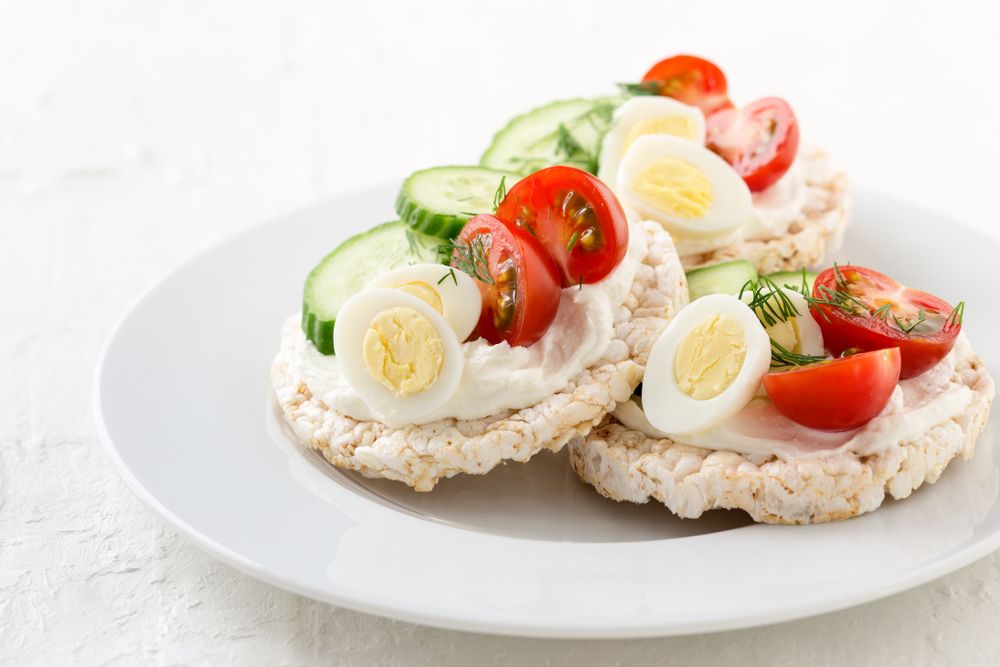
Whether or not you choose to eat rice cakes should ultimately depend on whether you enjoy them. While they don’t offer significant nutritional value beyond being a quick and low-calorie carb source, they do have some redeeming qualities that make them a decent snack option. Rice cakes are convenient, affordable, and easy to digest, making them a suitable choice for individuals with celiac disease, gluten sensitivity, or irritable bowel syndrome (IBS). Additionally, they provide a low-energy-density food option for those aiming to maintain a healthy body weight. However, if you’re snacking on rice cakes without pairing them with more nutrient-dense ingredients, they could spike your blood sugar and leave you feeling hungry later, potentially leading to overeating.
To enhance the nutritional benefits of rice cakes, consider pairing them with protein, fiber, or fat. This will help slow digestion, curb blood sugar spikes, and keep you full and satisfied. Here are some topping ideas to try the next time you’re craving a crunchy snack:
- Cottage cheese, everything bagel seasoning, and sliced tomato
- Almond butter with a drizzle of honey
- Tuna or egg salad
- Avocado and everything bagel seasoning
- Guacamole
- Cream cheese and smoked salmon
- Ricotta cheese with a drizzle of honey and sliced strawberries
- Peanut butter with sliced banana or jelly
- Cream cheese, thinly sliced cucumber, and pepper jelly
- Hummus with sliced roasted red peppers
- Turkey and cheddar cheese

